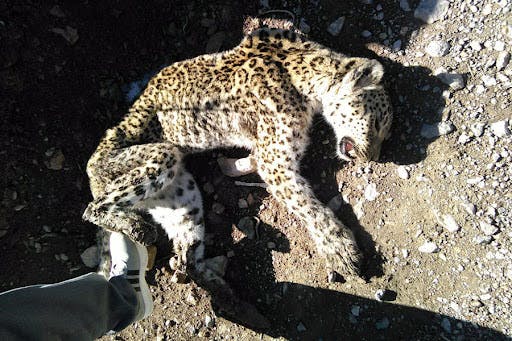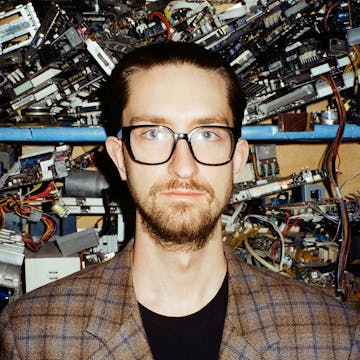Skip to content
Share
Explore

Tom King, a former star boxer, found himself yearning for a steak. He had spent his earnings from past victories generously, choosing to travel instead of training. In his last fight, he performed well but failed to deliver a critical hit for the win. As a result, he was now so impoverished that local merchants wouldn't even loan him enough money for a steak.
The next day, he was to fight against a rising star, Sandel. All he could afford to eat was bread and gravy, and he had to send his wife and children to bed without food.
King lost the fight. He was convinced that if he had been able to eat a steak before the fight, the outcome would have been different. Having already taken out credit on the loser's share of the purse, he left the fight penniless and in despair. King wept during his two-mile walk home, unable to afford a cab ride. He knew he would never win again.
"A Piece of Steak" by Jack London, 1909

the Death valley.
“The Death Valley”
Done 2
Learnings
Done 2
Upvoters
Learnings
Done 2
Upvoters
1
I will Raise the Bar to avoid the Death Valley
👍
9






2
I will focus energy to hit the target outlined in Priorities Ranking
👍
9






There are no rows in this table
Want to print your doc?
This is not the way.
This is not the way.

Try clicking the ⋯ next to your doc name or using a keyboard shortcut (
CtrlP
) instead.